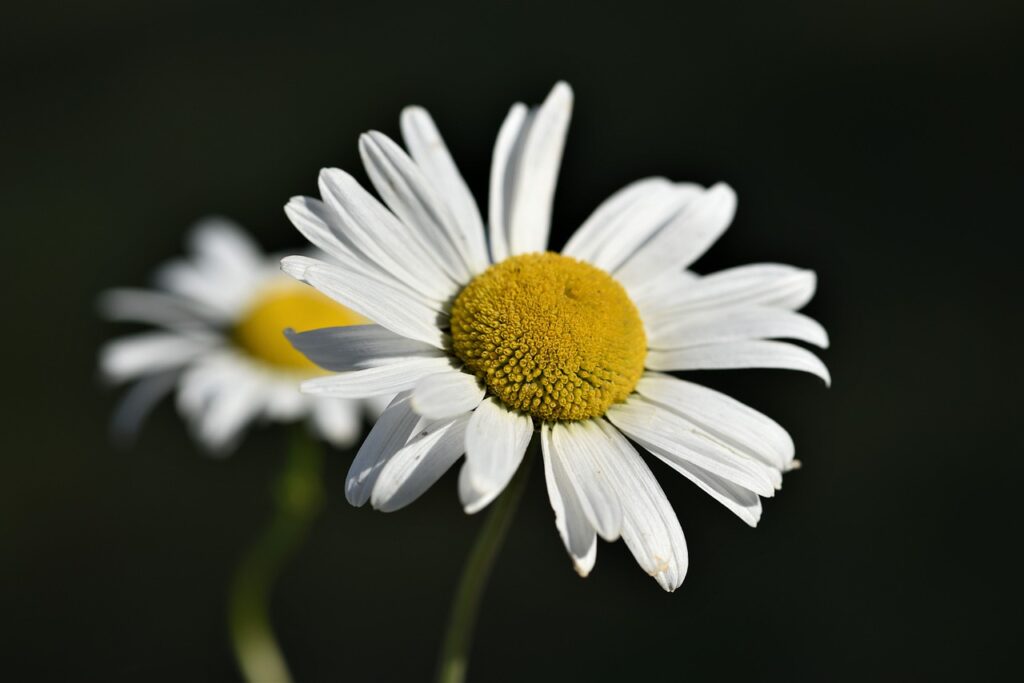In many places, the height of the summer gardening season is here. Colorful flowers are blooming, and vegetables are getting ready for harvest; with so much going on, it’s not hard to think that gardening season is nearly over. But it doesn’t have to be. Gardeners can extend their gardening season by adding to their gardens. There are numerous plants that can be added to the garden now for a luscious, thriving fall garden.
Keep reading for a few suggestions to help get started on a fall garden!

Shasta Daisy
The Shasta daisy is a perennial flower that blooms anywhere from late summer to mid-fall. Since they’re perennials, they will return each year to brighten up the garden.
GardeningKnowHow.com says these plants need good draining soil in a location that has a bit of shade. Once planted, the Shasta daisy requires minimal care. However, deadheading the flowers might be necessary on occasion. This process will encourage larger and longer blooms.
Make sure not to plant them any later than six weeks before the ground freezes in the area to ensure the plants survive the winter.
Radishes
Radishes are one of the easiest and fastest crops to grow. According to Almanac.com, these hardy crops are best planted in rich, non-compact soil located in a sunny spot.
The best practice is to sow radishes seeds directly into the garden about an inch deep. This helps prevent damage to the roots. Make sure to provide the seeds with constant, even moisture to help growth. For drier conditions, putting a thin layer of mulch around the radishes is a great solution to help the plants retain moisture.
Try planting more seeds every 10 days or so while the weather is cool. Since radishes are ready for harvest rather rapidly, this will generate a continual harvest throughout the fall.
Aster
Another great perennial to have in the garden, Asters will give a fall garden lots of colors while also attracting pollinators.
According to TheSpruce.com, make sure to plant Asters in an area that receives full sun for most of the day. Additionally, try to ensure they are placed in soil that is slightly acidic with a pH level ranging from 5.8 to 6.5.
Finally, ensure the plants are properly watered. Generally, it is good practice to keep the soil moist until the plants fully bloom. When watering Asters, try not to splash the leaves. This can cause fungal growth and mildew to occur, harming the plants.
